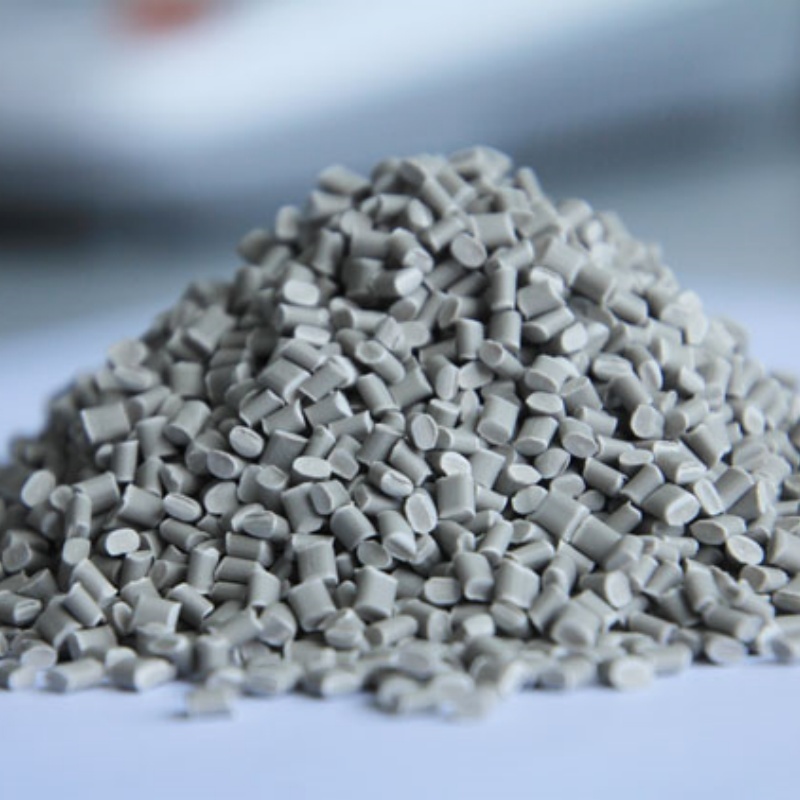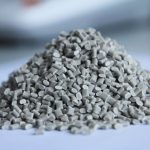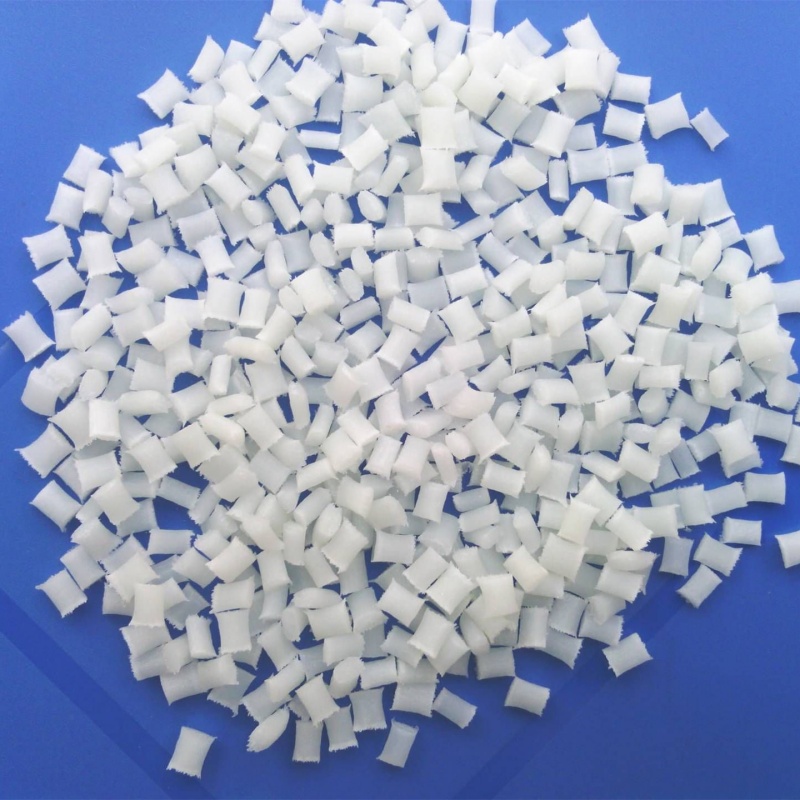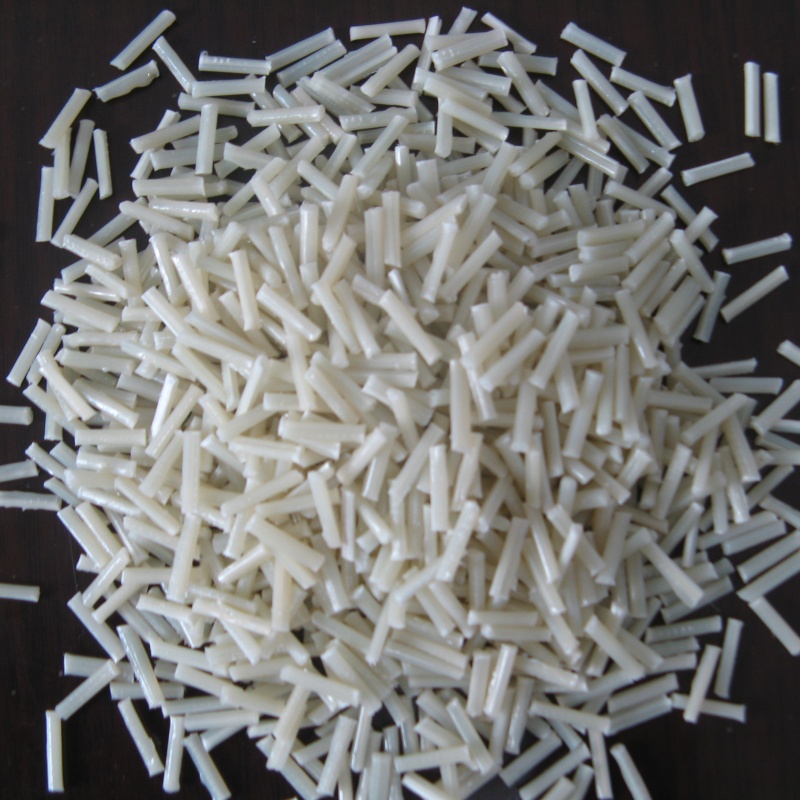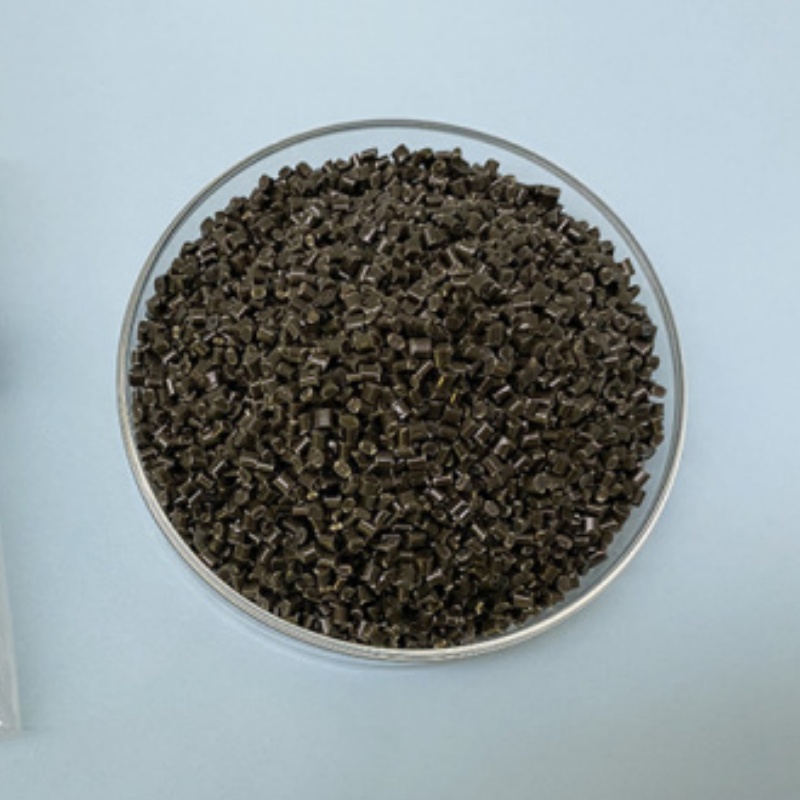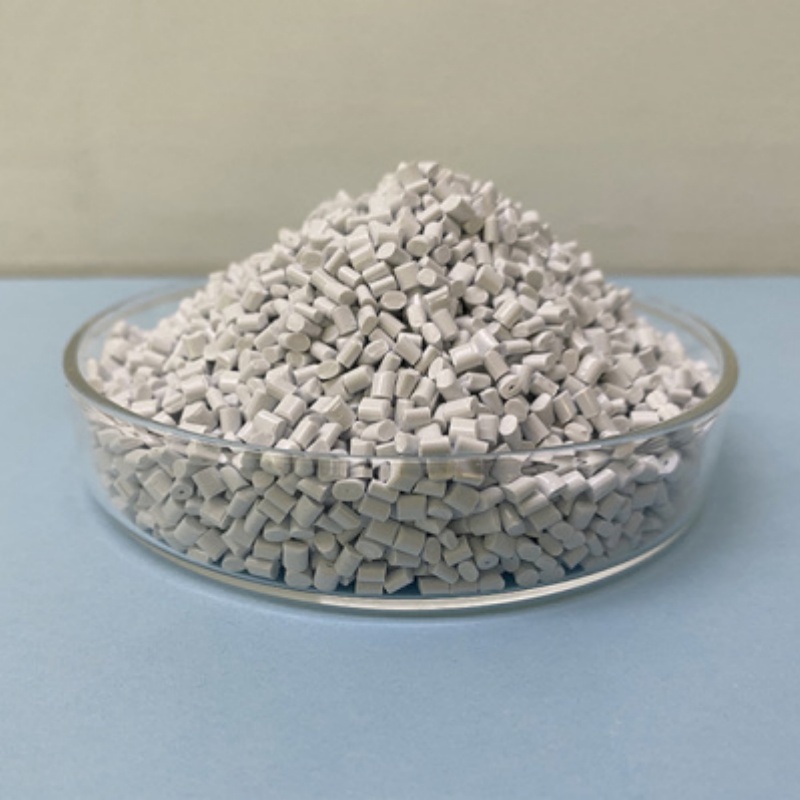RPP+Calcium Carbonate composite material provides optimized mechanical strength, superior thermal stability, and enhanced impact resistance. Designed for automotive, packaging, and industrial applications, it ensures reliable performance, extended durability, and high adaptability.
Product Overview
RPP+Calcium Carbonate composite material enhances the elasticity modulus and impact resistance of polypropylene by incorporating calcium carbonate, while reducing shrinkage. The advantages of calcium carbonate include its abundant availability, low cost, ease of surface treatment, and high whiteness. As a result, this composite material is widely used across multiple industries, particularly in applications that require high mechanical strength, toughness, and surface treatment.
Key Features
- Enhanced Elasticity Modulus and Impact Resistance: The addition of calcium carbonate improves the rigidity and impact resistance of the material, meeting higher performance requirements.
- Reduced Shrinkage: The filler material effectively reduces shrinkage during the molding process, improving the dimensional stability of the finished product.
- High-Quality Calcium Carbonate: Calcium carbonate is abundant, cost-effective, easy to surface treat, and offers high whiteness, further enhancing the cost-effectiveness of the composite material.
- Environmental Compliance: Compliant with RoHS, REACH, and other international environmental standards, meeting harmful substance control requirements.
Applications
RPP+Calcium Carbonate composite materials are widely used in the following industries:
- Automotive: Used in the manufacture of automotive components such as interior parts, exterior trim, and other parts requiring good mechanical properties and surface finish.
- Home Appliances: Applied in the housing of various home appliances, providing excellent strength, impact resistance, and cost-effectiveness.
- Electronics and Electrical: Suitable for electronic and electrical components that require high strength, good surface treatment performance, and cost-efficiency.
| Item | Unit | Standard | C10 | C20 | C30 |
| Tensile Strength | MPa | ISO 527-2 | 30 | 30 | 27 |
| Tensile Elongation | % | ISO 527-2 | 120 | 120 | 100 |
| Flexural Strength | MPa | ISO 178 | 38 | 38 | 35 |
| Flexural Modulus | MPa | ISO 178 | 1600 | 1800 | 2000 |
| Charpy Notch Impact | KJ/m² | ISO 179-1 | 6 | 6 | 5 |
| Mass Density | g/cm³ | ISO 1183 | 0.97 | 1.03 | 1.12 |
| Shrinkage For Injection Molding | % | ISO 294 | 1.2-1.4 | 0.9-1.3 | 0.9-1.1 |
| Characteristics | General | General | General |
 new material
new material

